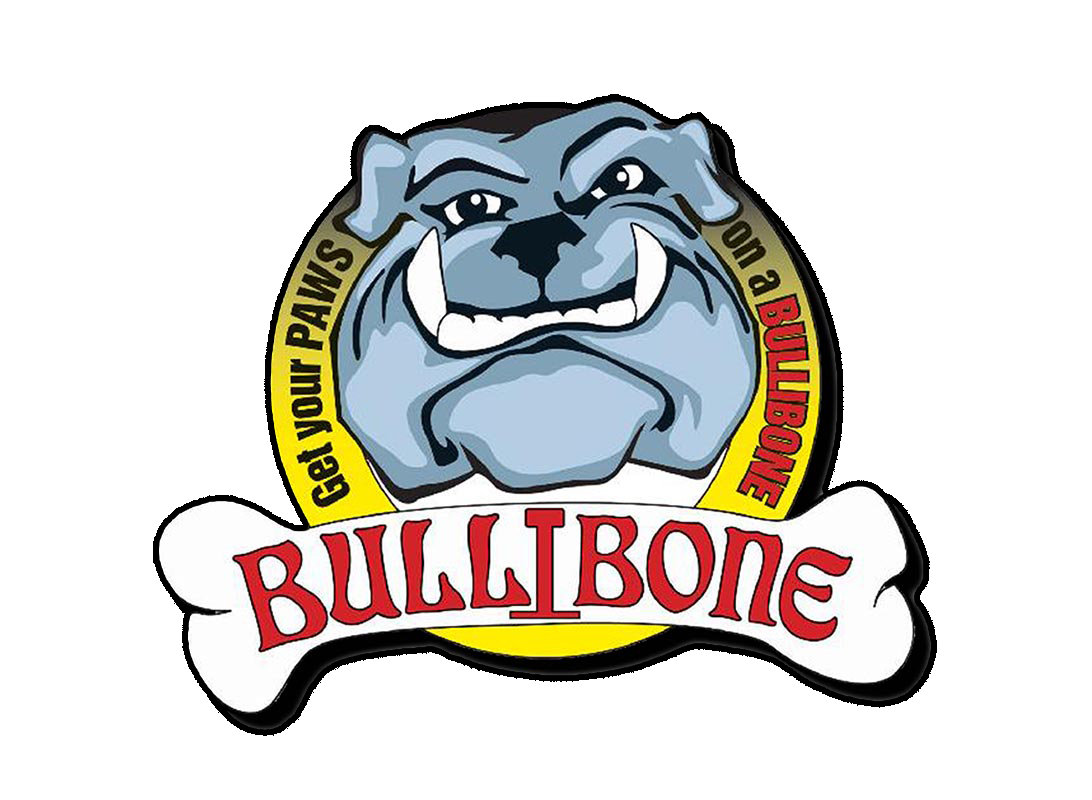Picture this: you come home after a long day at work, excited to relax and spend quality time with your furry companion. But as you step through the door, you’re greeted by a scene of chaos. Your favorite pair of shoes lies in tatters, your once-plush cushions are now mere fragments, and the remains of your once-functional remote control are scattered across the floor. What on earth happened? Excessive chewing in dogs, my dear pet parents, has struck again!
In this comprehensive guide, we’ll discuss the world of canine chewing, helping you understand the reasons for destructive behavior in dogs, the implications, and how to address them effectively.
Decoding the Canine Chewing Conundrum
- Chewing: A Natural Canine Instinct At its core, chewing is an instinctive behavior deeply ingrained in our canine companions. Puppies explore the world through their mouths, while adult dogs rely on chewing for various reasons, such as teething, mental stimulation, and maintaining dental health.
- Distinguishing Excessive Chewing from Normal Chewing: While chewing is a natural behavior, excessive chewing can become problematic, especially when it involves inappropriate items and leads to damage and potential health risks.
Unmasking the Underlying Causes
- Separation Anxiety: A Common Culprit One major trigger for excessive chewing is separation anxiety. Dogs who experience distress when left alone may resort to destructive chewing as a coping mechanism, seeking comfort and alleviating their anxiety.
- Boredom: The Devil’s Workshop A bored dog is a recipe for trouble. Insufficient mental stimulation and physical activity can result in excessive chewing as a way to release pent-up energy. Remember, a tired dog is a happy dog!
- Teething Troubles: Puppies and Their Pearly Whites Just like human babies, puppies go through the teething phase, causing sore gums and discomfort. Chewing provides relief and helps them shed their baby teeth to make way for their shiny adult teeth.
- Medical Reasons: When Chewing Signals a Problem In some cases, excessive chewing may be a symptom of an underlying medical condition. If your dog suddenly develops a chewing habit out of the blue, it’s essential to consult a veterinarian to rule out any potential health issues.
Combating Excessive Chewing: A Multi-Faceted Approach
- Provide Appropriate Chew Toys To C Destructive Chewing Behavior: Supplying your furry friend with an array of enticing chew toys is vital. Opt for durable, non-toxic options that are specifically designed for dogs. Experiment with different textures and shapes to find the ones your pup prefers.
- Dog Training: Channeling Chewing Energy Training plays a pivotal role in managing excessive chewing. Teach your dog commands like “drop it” and “leave it” to redirect their attention away from inappropriate items. Positive reinforcement techniques, such as rewarding good behavior with treats or praise, can work wonders in shaping desired habits.
- Mental Stimulation: The key to contentment, a bored dog is more likely to engage in destructive chewing. Keep their minds occupied with interactive puzzle toys, treat-dispensing gadgets, and engaging playtime activities. Engaging your pup in mentally stimulating tasks will help them expend their energy constructively.
- Addressing Separation Anxiety: If separation anxiety is at the root of your dog’s inappropriate chewing, gradual desensitization and counterconditioning techniques can work wonders. Start by leaving your dog alone for short periods and gradually increase the duration while providing comforting stimuli like calming music or a worn item of clothing with your scent.
Taming the Chew Monster: Additional Tips and Tricks
- Bitter Apple Spray: An Unwelcome Taste For dogs who have a desire for chewing everything, consider using bitter apple spray. This harmless but unpleasant-tasting spray can deter them from sinking their teeth into your cherished belongings.
- Emergency Care: When Chewing Becomes Hazardous In rare instances, excessive chewing can lead to ingestion of foreign objects, posing a significant risk to your dog’s health. If you suspect your dog has swallowed something dangerous, seek immediate veterinary care.
- Seeking Professional Help: If all else fails and your dog’s chewing behavior persists, don’t hesitate to seek guidance from a professional dog trainer or behaviorist. These experts can assess your dog’s behavior, identify underlying issues, and develop a tailored plan to address the problem effectively.
Excessive chewing in dogs can be frustrating, puzzling, and sometimes downright exasperating. But armed with knowledge and a compassionate approach, you can help your furry companion overcome destructive chewing tendencies. Patience, consistency, and a dash of creativity are key to navigating this behavioral challenge.
So, embrace the journey, pet parents! Consider buying your dog durable nylon dog toys, nurture their minds with mental stimulation, and never underestimate the importance of a well-rounded training regimen. Together, we can share pet care tips to uncover all dog chewing problems and different solutions to help.

One reply on “Identifying Excessive Chewing In Dogs“
Comments are closed.